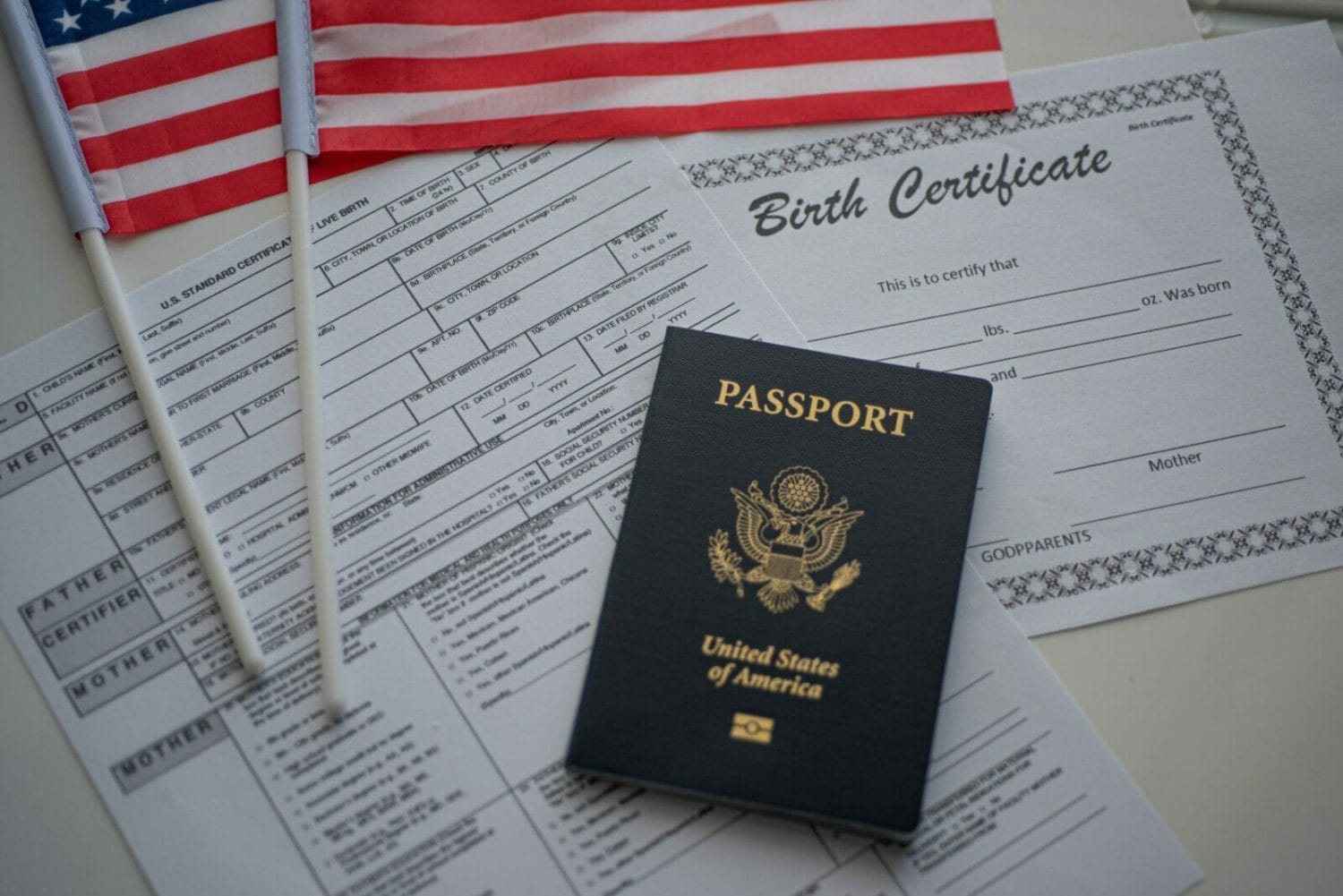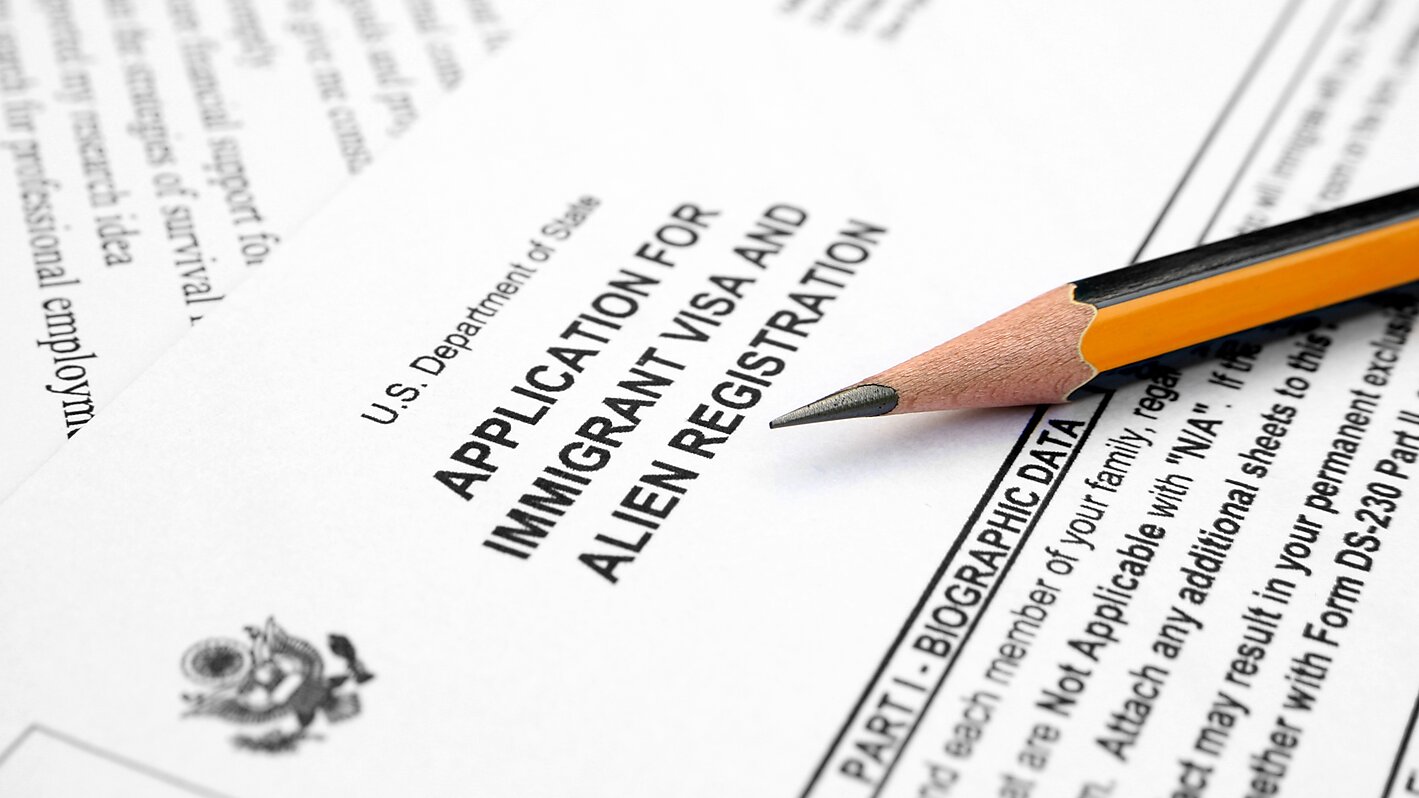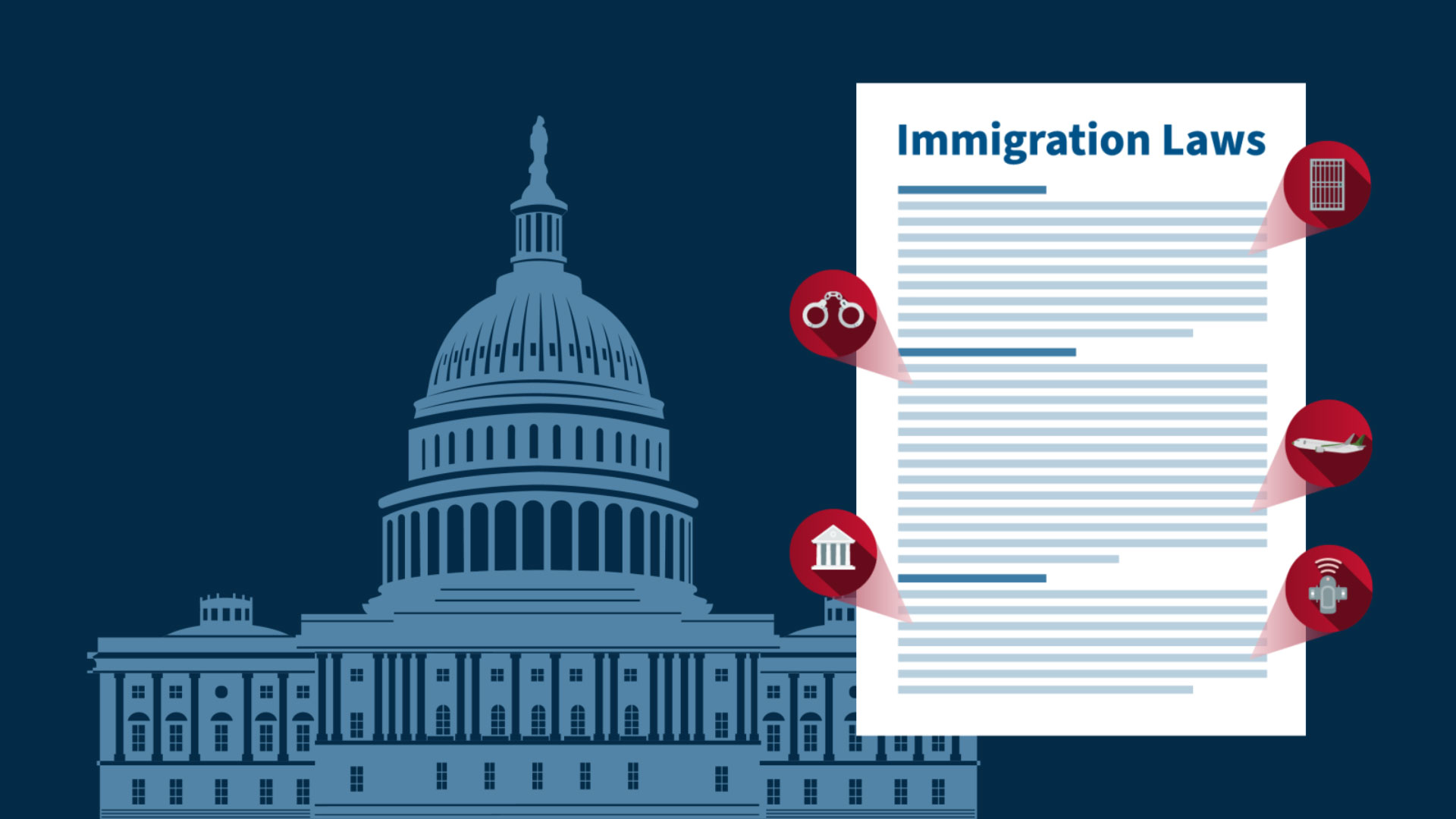The United States immigration system is a complex and multi-faceted process that is designed to adhere to key principles such as family reunification, economic value, refugee protection, and diversity promotion. Understanding how this system functions is crucial for anyone interested in immigrating to the United States or seeking to gain a comprehensive understanding of U.S. immigration law. In this article, we will provide an in-depth overview of the U.S. legal immigration system, including its various visa categories, family-based immigration, employment-based immigration, refugee admissions, the Diversity Visa Program, and pathways to U.S. citizenship.
1. The Immigration and Nationality Act (INA)
The body of law that governs U.S. immigration policy is known as the Immigration and Nationality Act (INA). It sets the framework for the U.S. legal immigration system and provides guidelines for the admission of immigrants to the country. Under the INA, the United States has the authority to grant up to 675,000 permanent immigrant visas each year, distributed across different visa categories.
2. Permanent Immigrant Visas

Permanent immigrant visas, also known as green cards, are granted to individuals who wish to become lawful permanent residents (LPRs) of the United States. The INA allows for the issuance of 675,000 permanent immigrant visas each year, with no limit on the admission of U.S. citizens’ spouses, parents, and children under the age of 21. Additionally, the President, in consultation with Congress, sets an annual number of refugees to be admitted through the U.S. Refugee Admissions Program.
To obtain an immigrant visa, individuals must go through a process known as “adjustment of status” if they are already inside the United States, or apply for an immigrant visa through consular processing if they are outside the country. LPRs have the right to apply for nearly all jobs in the United States and can remain in the country permanently, even if they are unemployed. After residing in the United States for a certain period, LPRs become eligible to apply for U.S. citizenship.
3. Family-Based Immigration
Family reunification is a fundamental principle of U.S. immigration policy. The family-based immigration system allows U.S. citizens and LPRs to sponsor certain family members for immigration to the United States. Immediate relatives of U.S. citizens, including spouses, unmarried minor children, and parents, have an unlimited number of visas available each year. Family preference visas are also available for other qualifying family members, such as adult children, siblings, and spouses and unmarried children of LPRs.
The number of family preference visas available each year is determined by a complex calculation that takes into account factors such as the number of immediate relative visas issued in the previous year and the number of aliens paroled into the United States. The total number of family-based visas often exceeds the initial allocation of 480,000, as there is a minimum floor of 226,000 preference visas set by law. In FY 2019, family-based immigrants accounted for 68.8 percent of all new LPRs in the United States.
4. Employment-Based Immigration
The United States provides various avenues for immigrants with valuable skills to come to the country on either a temporary or a permanent basis. Temporary employment-based visa classifications allow employers to hire foreign nationals for specific jobs for limited periods. These visas include categories such as L-1 visas for intracompany transfers, P visas for athletes and entertainers, R-1 visas for religious workers, and H visas for skilled and lesser-skilled workers.
Permanent employment-based immigration is subject to a numerical limit of 140,000 visas per year, including the immigrants’ eligible spouses and minor unmarried children. The actual number of employment-based immigrants is lower than 140,000 due to the inclusion of family members. The available visas are divided into five preference categories, which include individuals with extraordinary abilities, professionals with advanced degrees, skilled workers, unskilled laborers, and certain special immigrants. The employment-based preferences accounted for 13.5 percent of all new LPRs in the United States in FY 2019.
5. Per-Country Ceilings

To ensure diversity in the immigrant population, the INA places a limit on the number of immigrants that can come from any one country in a single fiscal year. No group of permanent immigrants from a single country can exceed seven percent of the total number of people immigrating to the United States. This mechanism prevents any particular nationality from dominating immigration flows to the country.
6. Refugees and Asylees
The United States provides protection to individuals who are unable to return to their home countries due to a well-founded fear of persecution based on race, religion, nationality, political opinion, or membership in a particular social group. Refugees apply for admission from outside the United States, while asylees are individuals who apply for protection while already in the country. The President, in consultation with Congress, determines the annual ceiling for refugee admissions, which is further broken down into regional allocations.
In recent years, the number of refugee admissions has fluctuated due to changes in administration policies. In FY 2020, the refugee ceiling reached an all-time low of 18,000, but it was raised to 62,500 under the Biden administration. However, the pace of admissions has been slow, with only 7,637 refugees admitted as of August 31, 2021. Asylees, on the other hand, have no numerical limit, and individuals granted asylum are eligible to become LPRs one year after their admission or receipt of asylum.
7. The Diversity Visa Program
The Diversity Visa Program, also known as the Green Card Lottery, was established to promote immigration from countries with low rates of immigration to the United States. Each year, 55,000 diversity visas are randomly allocated to nationals from countries that have sent fewer than 50,000 immigrants to the U.S. in the previous five years. These visas are distributed on a regional basis, with Africa and Eastern Europe being the primary beneficiaries. To be eligible for a diversity visa, individuals must have a high school education or equivalent, or have at least two years of working experience in a profession requiring at least two years of training.
The Diversity Visa Program faced challenges during the Trump administration, resulting in a significant reduction in visas issued. The program has since resumed, but the pace of visa issuance has been slow, causing frustration among lottery winners. Efforts are underway to address the backlog and ensure timely issuance of diversity visas.
8. Other Forms of Humanitarian Relief
In addition to the refugee and asylee programs, the United States offers other forms of humanitarian relief to individuals in need of protection. Temporary Protected Status (TPS) is granted to individuals who cannot return to their home countries due to natural disasters, extraordinary conditions, or ongoing armed conflict. Deferred Enforced Departure (DED) provides protection against deportation for individuals whose home countries are unstable. Deferred Action for Childhood Arrivals (DACA) allows certain individuals who were brought to the U.S. as children to remain in the country and work lawfully. Humanitarian parole is granted on a case-by-case basis to individuals who do not meet the definition of a refugee but require urgent humanitarian assistance.
9. Pathways to U.S. Citizenship

U.S. citizenship can be obtained through naturalization, a process that requires meeting specific eligibility criteria. To qualify for naturalization, individuals must have had LPR status for at least five years (or three years if obtained through a U.S. citizen spouse or VAWA). They must demonstrate continuous residency, good moral character, pass English and civics exams, and pay an application fee. Members of the U.S. military who serve in a time of war or declared hostilities may be eligible for expedited naturalization.
Conclusion
The U.S. immigration system is a complex and dynamic framework that seeks to balance various objectives, including family reunification, economic value, refugee protection, and diversity. Understanding the different visa categories, eligibility requirements, and pathways to immigration and citizenship is crucial for individuals navigating the system or seeking to gain a comprehensive understanding of U.S. immigration law. By providing an in-depth overview of the various components of the U.S. immigration system, this article aims to shed light on the intricacies of one of the most important aspects of U.S. policy and society.
Additional Information: It is important to note that immigration policies and regulations are subject to change and can vary based on individual circumstances. It is recommended to consult official government sources or seek legal advice for the most up-to-date and accurate information regarding the U.S. immigration system.
